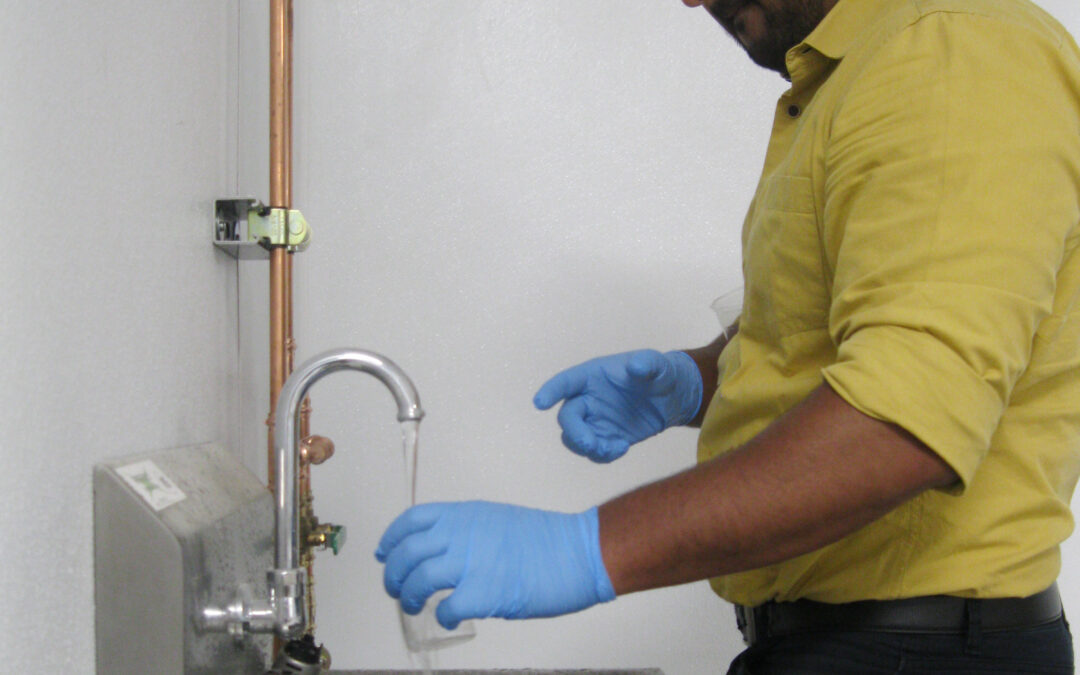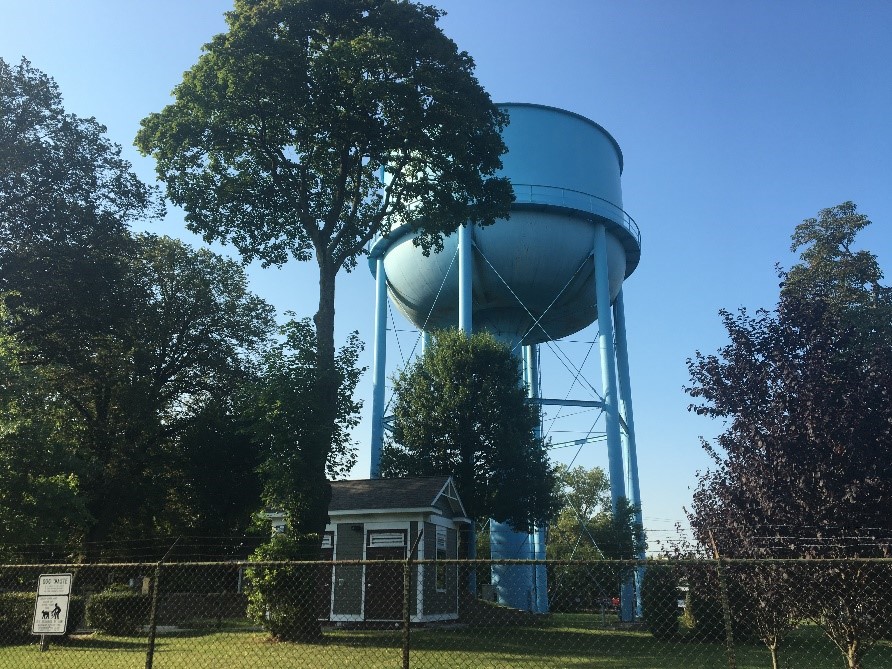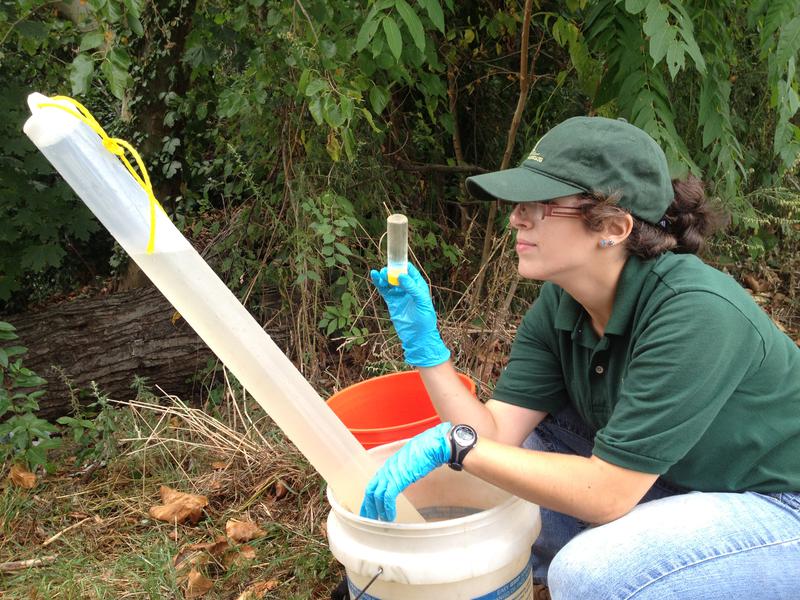
EPA’s New Per- and Polyfluoroalkyl Substances (PFAS) Regulations
Background For many decades, Americans have unknowingly been exposed to toxic chemicals, including those called “forever chemicals,” like per-and polyfluoroalkyl substances (PFAS), with no oversight from the government. These chemicals are known to have a negative...

Navigating the Problem of Per- and Polyfluoroalkyl Substances (PFAS) in NYS
The presence of per-and polyfluoroalkyl substances (PFAS) in drinking water poses major health challenges to New Yorkers. In January 2024, the New York State Department of Environmental Conservation (NYSDEC) released a new draft for applying the guidance values (GVs)...

Comments on PFAS in Biosolids Draft Policy Due July 10, 2023
The New York State Department of Environmental Conservation (DEC) is accepting comments on a draft policy intended to regulate per- and polyfluoroalkyl substances (PFAS) until July 10, 2023. The policy, Draft Division of Materials Management Program Policy 7 –...

PFAS: EPA and NYSDEC Regulatory Updates
EPA Proposed PFAS National Drinking Water Regulation On March 14, 2023, the Environmental Protection Agency (EPA) proposed a National Primary Drinking Water Regulation (NPDWR) to establish Maximum Contaminant Levels (MCLs) for six per- and polyfluoroalkyl substances...

The State of PFAS in the US and NYS
Per- and polyfluoroalkyl substances (PFAS) have been a hot-button issue over the past several years and are gaining industry attention. Federal and state regulations are continuing to evolve and the applicable treatment or remediation standards are very nuanced....

Proposed Regulations for PFAS in Drinking Water
On October 5, 2022, the New York State Department of Health (NYSDOH) proposed regulations for 23 additional emerging contaminants in drinking water. This proposed rulemaking builds upon New York State’s proactive efforts to address emerging contaminants. Specifically,...

PFAS Regulatory Updates: EPA Health Advisory and NYSDEC Part 375 Draft Revisions
EPA Released Health Advisories On June 15, 2022, the U.S. Environmental Protection Agency (EPA) announced four health advisories (HAs) for per- and polyfluoroalkyl substances (PFAS). This announcement included interim drinking water health advisories for...

New York State Releases Guidance on PFAS Sampling, Analysis, and Assessment
Source: Saltworks Technology The New York State Department of Environmental Conservation (DEC) recently released guidance on sampling, analysis, and assessment of per- and polyfluoroalkyl substances (PFAS) in October of 2020. This guidance was developed by the DEC’s...

PFOS Contamination is Back in the News – Now, on Long Island
Suspected MacArthur Airport Groundwater Contamination Islip, NY Recent PFOA and PFOS Contaminant History Poly- and Perfluoroalkyl substances (commonly referred to as PFOA’s and PFOS’s) were a hot-topic issue in 2017. On March 3, 2017, 6 NYCRR Part 597 was amended to...

Groundwater 101: Monitoring Well Installation
Groundwater Monitoring Well Installation Basics Groundwater monitoring wells are commonly installed at sites that are known to be or suspected to be contaminated by a variety of substances such as petroleum compounds or chlorinated solvents. Groundwater Quality...
